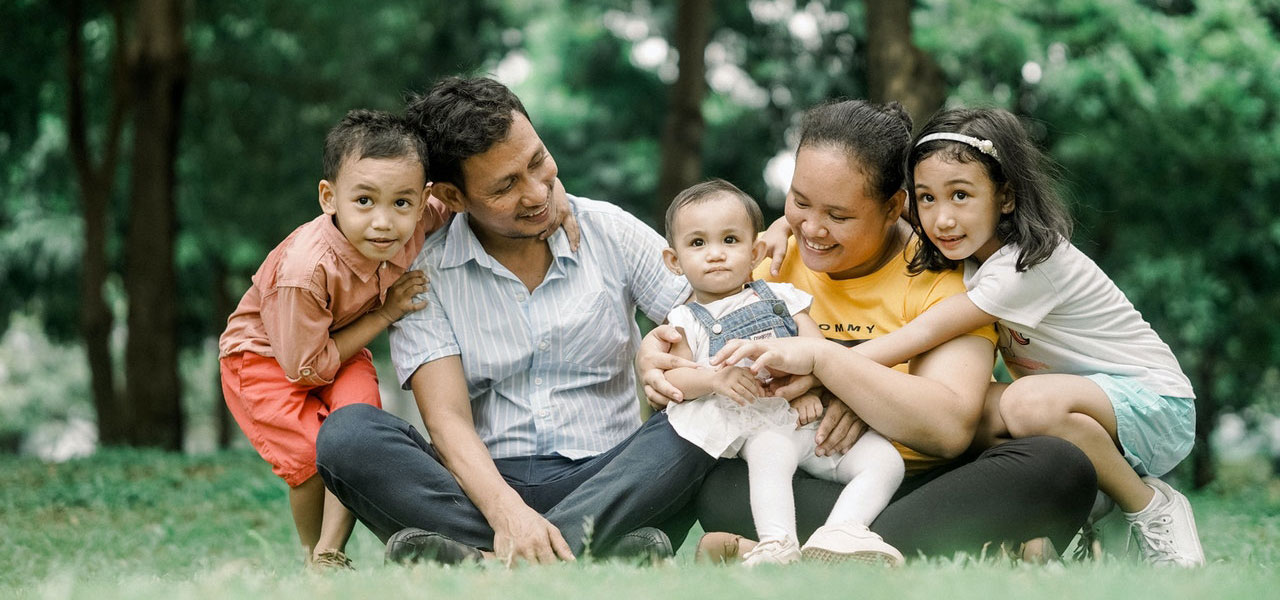
Bringing your spouse and unmarried children to the United States can be a confusing process.
As most lawful permanent residents understand, having a Green Card comes with many benefits. One of those benefits is the ability to petition for spouses and unmarried children to become permanent residents in the United States as well. Green Card holders may not realize that they can petition for those family members even before the Green Card holder becomes a citizen.
However, immigration can be a long, confusing, frustrating, and often intimidating process. Before you begin filling out forms and gathering documentation, it is important to have a solid understanding of which family members can join you in the United States, the general process, the evidence or documentation required to petition, and the basic expenses involved.
Who is eligible for permanent residency?
Green Card holders may petition for spouses and unmarried children to join them in the United States as lawful permanent residents. The United States Citizenship and Immigration Services (USCIS) uses four “preference categories” to prioritize visa availability for certain relatives over others.
“First preference” individuals will generally have the shortest wait time, followed by “second preference” individuals, and so forth. All spouses and unmarried children of green card holders fall into the “second preference” category. Spouses and unmarried children of Green Card holders under 21 years of age are “Second Preference 2A.” Green Card holders’ unmarried children aged 21 or older fall into the “Second Preference 2B” category, and therefore usually have longer wait times than those in “Second Preference 2A.”
There is a limit to the number of immigrant visas granted to family members of permanent residents each year. Filing USCIS Form I-130 will establish your relative’s relationship to you and will give you their priority date. That priority date must be “current” before your relative may apply for a Green Card.
USCIS publishes a “Visa Bulletin” each month, showing which categories of visas are currently available and which priority dates are current. Whether or not a priority date is current depends on many factors, including the number of pending petitions and the number of immigrant visas still available for citizens of certain countries.
As of the date of this article, lawful permanent residents’ spouses and unmarried children under age 21 (those in Preference Category 2A), have no wait; visas are immediately available. Unmarried children 21 or older (Category 2B), however, may have a significant wait.
Depending on your home country, priority dates are now current for petitions filed on or before May 1, 2016 for most cases, on or before April 1, 2012 for relatives living in the Philippines, and on or before December 1, 1999 for relatives living in Mexico.
What forms will I need to submit?
Green Card holders will first need to submit a Petition for Alien Relative (USCIS Form I-130). Form I-130 establishes the relationship between the petitioner (the lawful permanent resident) and the beneficiary (the relative seeking a Green Card).
Spouses of permanent residents will also need to fill out USCIS Form I-130A, which provides additional information about the foreign spouse. Once your Form I-130 is approved and your relative’s priority date is current, the relative may apply for a Green Card.
If your relative already resides in the U.S., he or she may file USCIS Form I-485, requesting an “Adjustment of Status” when their priority date becomes current. If a visa number is available at the time you file your I-130 Petition, your family member may file Form I-485 with Form I-130. If the request for adjustment of status is approved, a Green Card will be issued.
If your relative lives outside of the U.S., USCIS will notify the National Visa Center (NVC) of your approved I-130 Petition. The NVC will send your relative forms to fill out and return, as well as information regarding required medical exams, fees, and the availability of a visa number.
Once an immigrant visa number is available, your relative may file a DS-260 application, and will usually be required to attend an interview at a local U.S. Consulate. If the visa application is approved, your relative will be permitted to enter the United States and will receive their Green Card after arrival.
What evidence will I need to petition?
You will need to submit evidence supporting your I-130 Petition. This evidence includes proof of your lawful permanent resident status and evidence of your relationship to the beneficiary, such as a marriage or birth certificate. If the original documents are not in English, you will need to submit copies of both the originals and a certified translation. As a general rule, you should not send original documents, as they may not be returned.
If petitioning for a spouse, you should include evidence that your marriage is “bona fide.” This evidence may take many forms, but the purpose is the same: the USCIS must confirm that the married couple entered the marriage for reasons other than immigration, and ensure that the couple intends to build a life together. Evidence may include proof of children born to the couple, intermingling of finances, family photographs, or joint ownership of property.
USCIS considers certain types of evidence to be stronger than others. An experienced attorney can assist in determining the best evidence to submit, helping to prioritize quality over quantity.
You and your relative will be required to submit additional evidence and forms during consular processing or with a Form I-485 request for “Adjustment of Status.” Required evidence will include:
- A copy of your relative’s birth certificate, passport, or other identifying document from their home country
- Documentation of an approved I-130 Petition (if submitted separately)
- A completed Affidavit of Support stating that you are financially able, if necessary, to support the family member coming to live in the United States
What will this process cost?
USCIS currently collects a filing fee of $535, to be paid with the filing of an I-130 Petition. USCIS charges an additional biometrics fee of $85 per person to take your picture and obtain your signature and fingerprints.
The current filing fee for submitting Form I-485 requesting Adjustment of Status is $1,140. If your relative is going through consular processing, there will be fees associated with the immigrant visa application (currently $325) and I-864 Affidavit of Support (currently $120), as well as a USCIS immigrant fee (currently $220).
These fees are subject to change and are updated on occasion. The fees are per form and non-refundable; they must be paid whether USCIS approves or denies your petition. Accordingly, in large part due to the time and expense involved, it is important to ensure that your USCIS forms are fully and correctly prepared the first time you submit them, or you risk the need for reapplication due to avoidable mistakes or omissions, and may be required to pay the filing fees a second time.
A legal advocate with experience in navigating this process can help you avoid pitfalls and tailor your forms and evidence to meet your unique circumstances, which may greatly increase your chances of success.
Pittsburgh Immigration Attorneys
Immigration is a complex area of the law, with frequently changing rulings. Consulting an experienced immigration attorney to help navigate the immigration process can make a huge difference in successfully reuniting your family.
The attorneys in our Immigration Practice assist individuals, families, and corporations with their immigration law needs. If you have questions about your qualifications or the process of petitioning for a family member, please contact Blair Preiser at (724) 776-8000 or by emailing bpreiser@lynchlaw-group.com.




